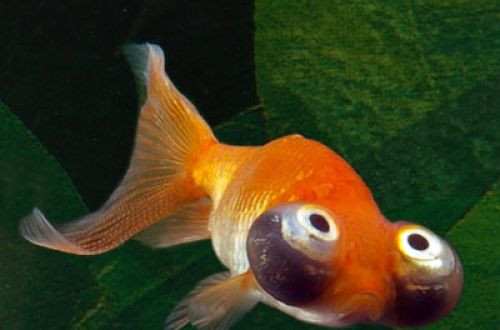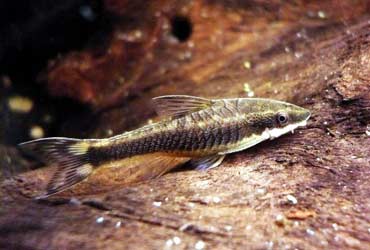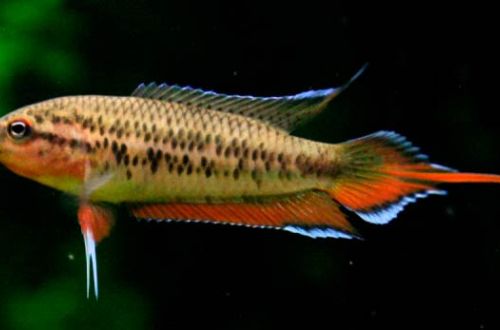
Corydoras dwarf
Corydoras dwarf or Catfish sparrow, scientific name Corydoras hastatus, belongs to the family Callichthyidae (Shell or Callicht catfish). The word “hastatus” in the Latin name means “carrying a spear.” The biologists who described this species, the pattern on the caudal peduncle seemed like an arrowhead, so the name Corydoras spearman is sometimes used.
Comes from South America. According to recent studies, this species has a wide distribution compared to most other members of the genus. The natural habitat covers the vast expanses of the middle and upper Amazon basin in Brazil, northeastern Bolivia and the Paraguay and Parana river basin in Paraguay and northern Argentina. It occurs in various biotopes, but prefers small tributaries, backwaters of rivers, wetlands. A typical biotope is a shallow muddy reservoir with silt and mud substrates.
Contents
Description
Adults rarely grow more than 3 cm. It is sometimes confused with Pygmy Corydoras due to their modest size, although they are otherwise markedly different. In the shape of the body of the Sparrow Catfish, a small hump is visible under the dorsal fin. The coloring is grey. Depending on the lighting, silver or emerald tints may appear. A characteristic feature of the species is the color pattern on the tail, consisting of a dark spot framed by white stripes.
Brief information:
- The volume of the aquarium – from 40 liters.
- Temperature – 20-26°C
- Value pH — 6.0–7.5
- Water hardness – soft (1-12 dGH)
- Substrate type – sand or gravel
- Lighting – moderate or bright
- Brackish water – no
- Water movement is weak
- The size of the fish is about 3 cm.
- Food – any sinking food
- Temperament – peaceful
- Keeping in a group of 4-6 fish
Maintenance and care
As a rule, a diverse natural habitat implies good adaptation of fish to different environments. The dwarf corydoras perfectly adapts to a fairly wide range of acceptable pH and dGH values, is not demanding on design (soft soil and several shelters are enough), and is unpretentious to the composition of food.
The optimal size of the aquarium for a group of 4-6 fish starts from 40 liters. With long-term keeping, it is important to prevent the accumulation of organic waste (feed residues, excrement, etc.) and maintain the necessary hydrochemical composition of the water. To this end, the aquarium is equipped with the necessary equipment, primarily a filtration system, and regular maintenance is carried out, which includes at least a weekly replacement of part of the water with fresh water, cleaning the soil and decorative elements.
Food. It is considered an omnivorous species that accepts most of the foods popular in the aquarium trade: dry (flakes, granules, tablets), frozen, live. However, the latter are preferred. The basis of the diet should be bloodworms, brine shrimp, daphnia and similar products.
behavior and compatibility. Peaceful calm fish. In nature, it gathers in large groups, so the number of 4-6 catfish is considered minimal. Due to the small size of the Sparrow Catfish, you should carefully consider the choice of neighbors in the aquarium. Any large and even more aggressive fish should be excluded.





